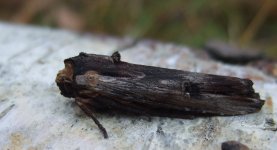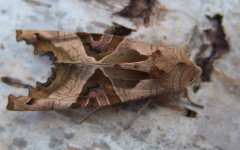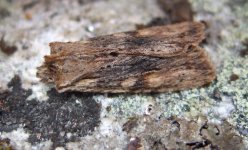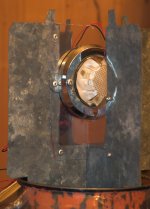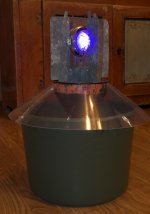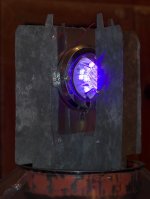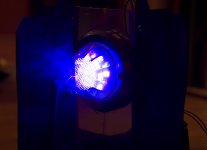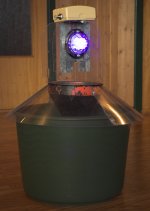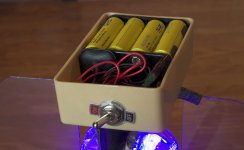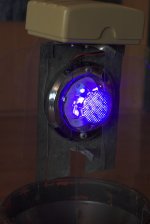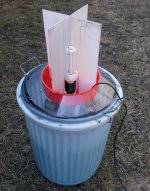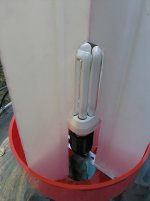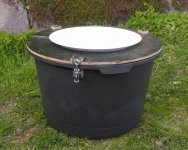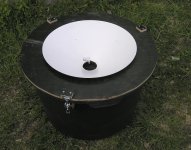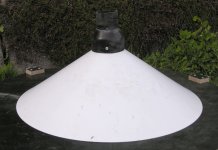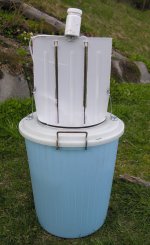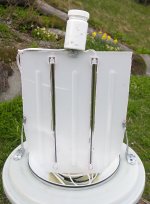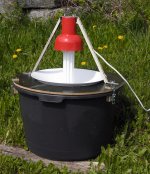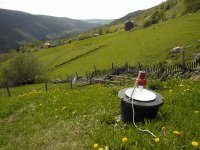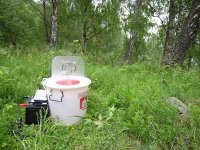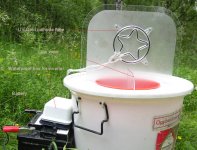SveinB
Well-known member
Not so many moths in my two traps this night- another Softly`s shoulder-knot, a December moth female (nr 16 of this species in my traps this autumn so far..). But what really made me take a deep breath when I was looking into my trap was two spectacular specimen;
Xylena vetusta- Red swordgrass
Phlogophora meticulosa- Angel shades.
What great fun this hobby is, and it keeps on giving new surprises when looking into the moth-trap in the morning.
Xylena vetusta- Red swordgrass
Phlogophora meticulosa- Angel shades.
What great fun this hobby is, and it keeps on giving new surprises when looking into the moth-trap in the morning.
Attachments
Last edited:




